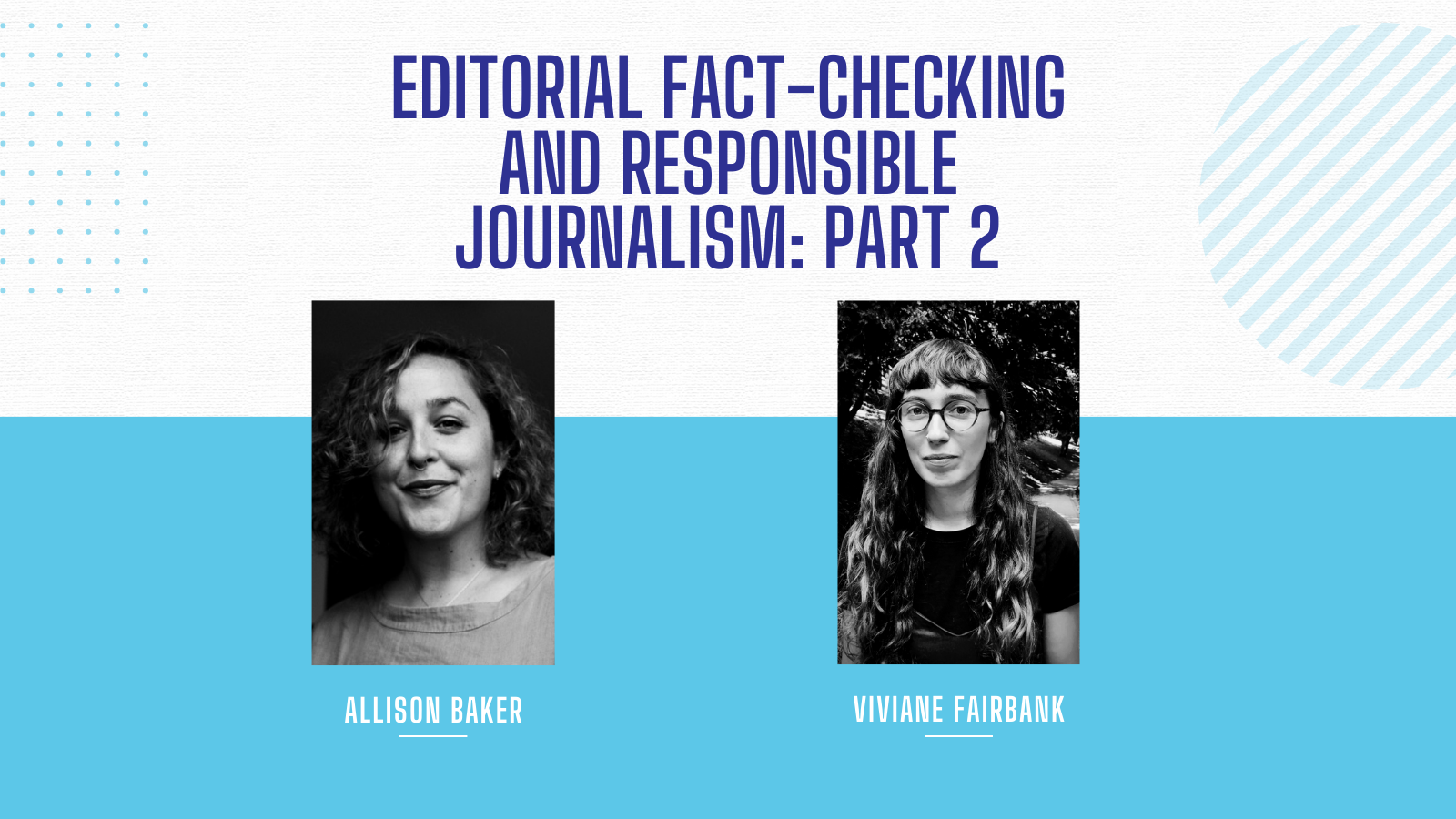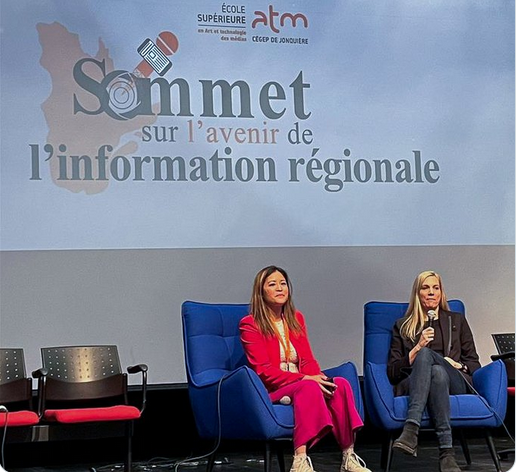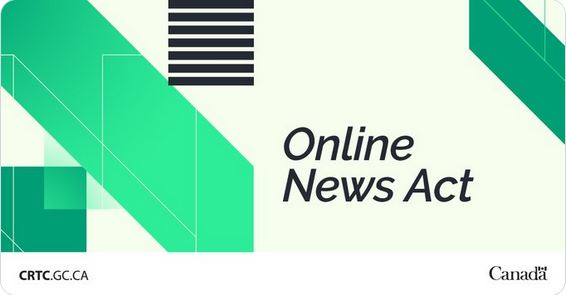Presentation with Scott Bullock, Jason Duprau, James Gillespie and Sieu Truong
Scott Bullock of CoversSell.com offered tips on “the perfect cover,” with an emphasis on shock and awe. He said a cover should “tingle your spine, make you feel like dancing, slap you in the face.” A magazine’s cover should speak to what the magazine does.
Other pieces to consider:
- Colour scheme
- Premium offers in the corner (e.g. “Free Map Included!”)
- An unusual border
- Typeface
- Relevance of the image and accompanying cover line; their relation should be clear, not confusing
- Humour
- Overlay
- Cleanliness i.e. covers should be clutter-free
Bullock also noted a black background can make images and type pop. Type in the background can also resonate.
Cover Do’s and Don’ts
Don’t be:
- Cute with cover lines
- Depressing
- Subtle
- Afraid of big type, black and white, or borders.
Do’s:
- Have some fun
- Use numbers e.g. “The Top 100 . . .”
- Be controversial
- Showcase benefits of buying
- Use radical clarity
- If it works, keep doing it
James Gillespie, Sieu Truong and Jason Duprau shared selections of covers from Canada’s History, Horse Publications Group, and Canvet Publications respectively. They each talked about their cover design processes, which covers sold well, which didn’t, and offered their analyses of which cover components worked and which didn’t for their readerships.
Jason Duprau of Canvet Publications also gave some tips:
- Collaborate with your team and your community, including other art directors
- Visit newsstands regularly and see what pops out at you and reflect on why
- Use print effectively; there are a ton of different effects printers can do—for example, Legion magazine’s “The Royals” issue had foil, sculptured embossing, spot matte varnish and spot gloss varnish on its cover. So connect with your printer and find out what your options are
- Don’t be afraid to take risks
- Analyze and tweak
- Learn from your mistakes
- Create a “cover wall” in your office for reviewing, tracking and assessing the progress and success of your covers
- Listen to non-creative people on your team, e.g. an art director might envision an arty cover without any cover lines, but others on the team will know this isn’t as likely to sell.
By Natasha Sanders-Kay
Inclusiveness in Publishing Initiative & Sponsorship Coordinator, Magazine Association of BC
Managing Editor, subTerrain magazine
MagsBC Board Member










